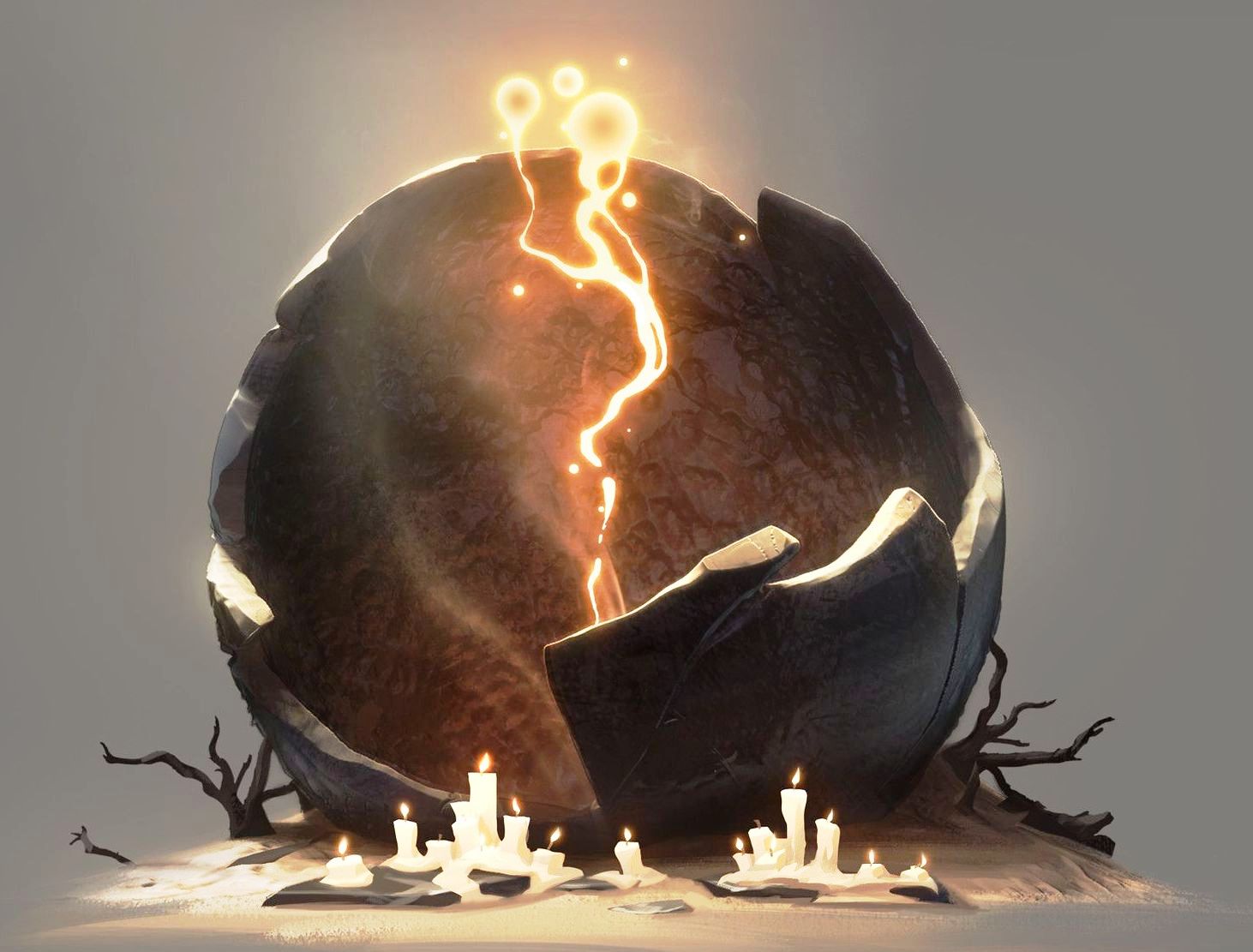Difference between revisions of "Shatter (spell)"
From The Authentic D&D Wiki
Jump to navigationJump to searchTao alexis (talk | contribs) |
Tao alexis (talk | contribs) |
||
| Line 12: | Line 12: | ||
}} | }} | ||
| − | If a large composite object, like a wagon, is too large to be affected by the spell, the caster can nevertheless damage some part, such as a wheel or axle. | + | If a large composite object, like a wagon, is too large to be affected by the spell, the caster can nevertheless damage some part, such as a wheel or axle. |
| + | |||
| + | Only hard objects may be shattered, however, made of materials such as wood, ceramic, brick, glass, metal, mineral and the like. Soft objects made of clay, leather, cloth and vegetable material are immune. | ||
== Grenade-like Effects == | == Grenade-like Effects == | ||
Revision as of 21:51, 22 April 2022
Shatter causes a vibration powerful enough to burst both ordinary and magical objects apart. The destruction is effective enough to prevent the restoration of such items using cantrips or the mending spell. Only one object can be affected, with a limit of 50 lb. per experience level.
| Range | 60 ft. |
| Duration | permanent |
| Area of Effect | 1 object; 50 lb. per level |
| Casting Time | 1 round |
| Saving Throw | none; see text |
| Level | mage (2nd) |
If a large composite object, like a wagon, is too large to be affected by the spell, the caster can nevertheless damage some part, such as a wheel or axle.
Only hard objects may be shattered, however, made of materials such as wood, ceramic, brick, glass, metal, mineral and the like. Soft objects made of clay, leather, cloth and vegetable material are immune.
